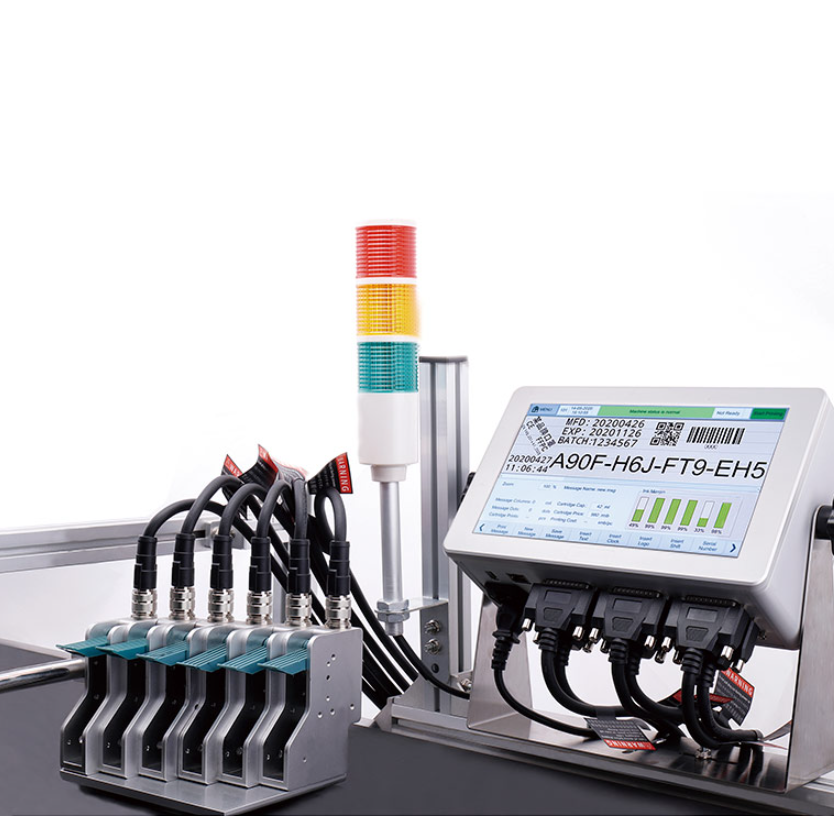Inkjet printers and thermal inkjet printers are both types of printers that use ink to create printed images or text. However, there is a notable difference between the two technologies.
Inkjet printers work by propelling ink droplets onto the paper through small nozzles. These printers use a piezoelectric crystal or a mechanical pump to create pressure, forcing the ink through the nozzles. The ink is then deposited onto the paper, forming the desired image or text. Inkjet printers are known for their versatility, as they can print on various media types, including paper, cardstock, and photo paper. They are commonly used for general home and office printing, producing documents, photos, and graphics.

Thermal inkjet printers, on the other hand, utilize a different mechanism to propel the ink droplets onto the paper. Instead of relying on pressure to expel the ink, thermal foaming inkjet printer use heat. These printers contain a tiny heating element near each nozzle. When an electrical current is applied, the heating element rapidly heats the ink, causing it to expand and form a droplet. The force generated by this expansion propels the droplet onto the paper. Thermal inkjet printers are known for their exceptional print quality, offering sharp and precise results, especially when it comes to text and fine details.
1. Print Quality: Thermal inkjet printers generally produce higher print quality compared to traditional inkjet printers. The use of heat in thermal inkjet technology enables smaller ink droplets and finer control over the ink placement, resulting in crisper and more detailed prints.
Suggested reading:2. Speed: Traditional inkjet printers are typically faster when it comes to printing large quantities of documents. Thermal inkjet printers are generally slower due to the heating process involved in generating each ink droplet. However, advancements in thermal inkjet technology have led to faster print speeds, narrowing the gap between the two types of printers.
3. Cost: Thermal inkjet printers are often more expensive upfront compared to traditional inkjet printers. However, they tend to have lower operating costs since they require less ink for printing high-quality images or text.
4. Media Compatibility: Inkjet printers are more versatile in terms of media compatibility. They can handle a wider range of paper types, including different sizes, weights, and finishes. Thermal inkjet printers are primarily designed for printing on standard paper and may not be suitable for specialty media.
While both inkjet printers and thermal inkjet printers serve the purpose of creating printed images or text, there are distinct differences between the two technologies. Thermal Inkjet Coder excel in producing high-quality prints with exceptional precision, making them well-suited for applications that require sharp text and fine details. Inkjet printers, on the other hand, offer versatility in terms of media compatibility and are commonly used for general printing needs. Ultimately, the choice between the two depends on the specific requirements of the printing task at hand.
Suggested reading:
Comments
Please Join Us to post.
0